

Partner Harriet Sohmers Zwerling, María Irene Fornés, Carlotta Del Pezzo, Eva Kollisch, Nicole Stéphane, Lucinda Childs, Annie Leibovitz
Queer Places:
North Hollywood High School, 5231 Colfax Ave, North Hollywood, CA 91601, Stati Uniti
University of California, Berkeley, California, Stati Uniti
University of Chicago, 5801 S Ellis Ave, Chicago, IL 60637, Stati Uniti
Harvard University (Ivy League), 2 Kirkland St, Cambridge, MA 02138
University of Oxford, Oxford, Oxfordshire OX1 3PA
University of Toronto, King's College Cir, Toronto, ON M5S, Canada
Sorbonne, Sorbona, Parigi, Francia
London Terrace, 470 W 24th St, New York, NY 10011
Montparnasse Cemetery, 3 Boulevard Edgar Quinet, 75014 Paris, Francia
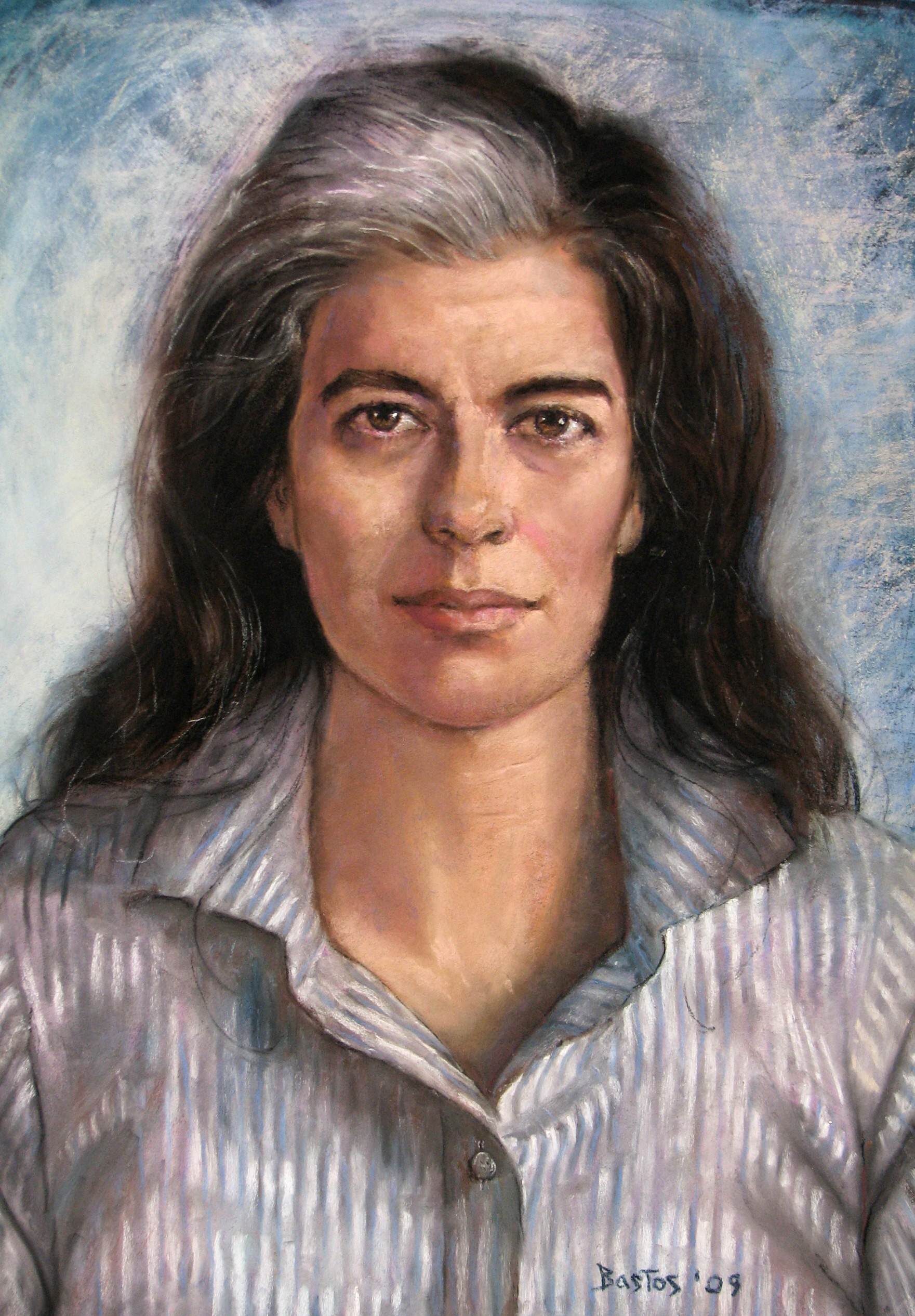
Sontag was active in writing and speaking about, or travelling to, areas of conflict, including during the Vietnam War and the Siege of Sarajevo. She wrote extensively about photography, culture and media, AIDS and illness, human rights, and communism and leftist ideology. Although her essays and speeches sometimes drew controversy,[3] she has been described as "one of the most influential critics of her generation."[4]
Sontag was born Susan Rosenblatt in New York City, the daughter of Mildred (née Jacobson) and Jack Rosenblatt, both Jews of Lithuanian[5] and Polish descent. Her father managed a fur trading business in China, where he died of tuberculosis in 1939, when Susan was five years old.[1] Seven years later, Sontag's mother married U.S. Army Captain Nathan Sontag. Susan and her sister, Judith, took their stepfather's surname, although he did not adopt them formally.[1] Sontag did not have a religious upbringing and claimed not to have entered a synagogue until her mid-20s.[6]
Remembering an unhappy childhood, with a cold, distant mother who was "always away", Sontag lived on Long Island, New York,[1] then in Tucson, Arizona, and later in the San Fernando Valley in southern California, where she took refuge in books and graduated from North Hollywood High School at the age of 15. She began her undergraduate studies at the University of California, Berkeley but transferred to the University of Chicago in admiration of its famed core curriculum. At Chicago, she undertook studies in philosophy, ancient history and literature alongside her other requirements. Leo Strauss, Joseph Schwab, Christian Mackauer, Richard McKeon, Peter von Blanckenhagen and Kenneth Burke were among her lecturers. She graduated at the age of 18 with an A.B. and was elected to Phi Beta Kappa.[7] While at Chicago, she became best friends with fellow student Mike Nichols.[8] In 1951, her work appeared in print for the first time in the winter issue of the Chicago Review.[9]
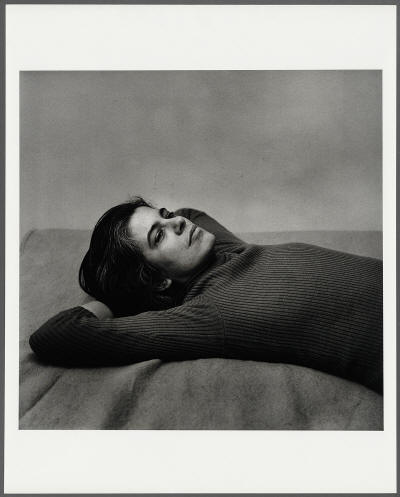
Verso: stamp, "The Estate of Peter Hujar, Stephen Koch Executor, Printed by the Artist"; stamp, "Copyright 1975, The Estate of Peter Hujar, Not to be Reproduced Without Written Permission from the Estate"; stamp, "From the Estate #"; in pencil, "671-1-1"; in pencil, "Stephen Koch"; in pencil, "EPH 21-12"; in pencil, "Susan Sontag, 1975"; in pencil, "HUJ 023".
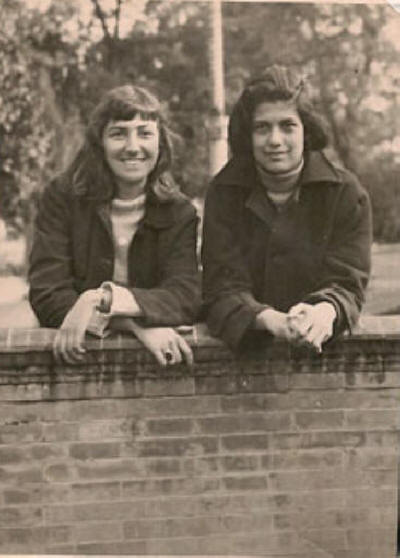
Harriet Sohmers Zwerling and Susan Sontag
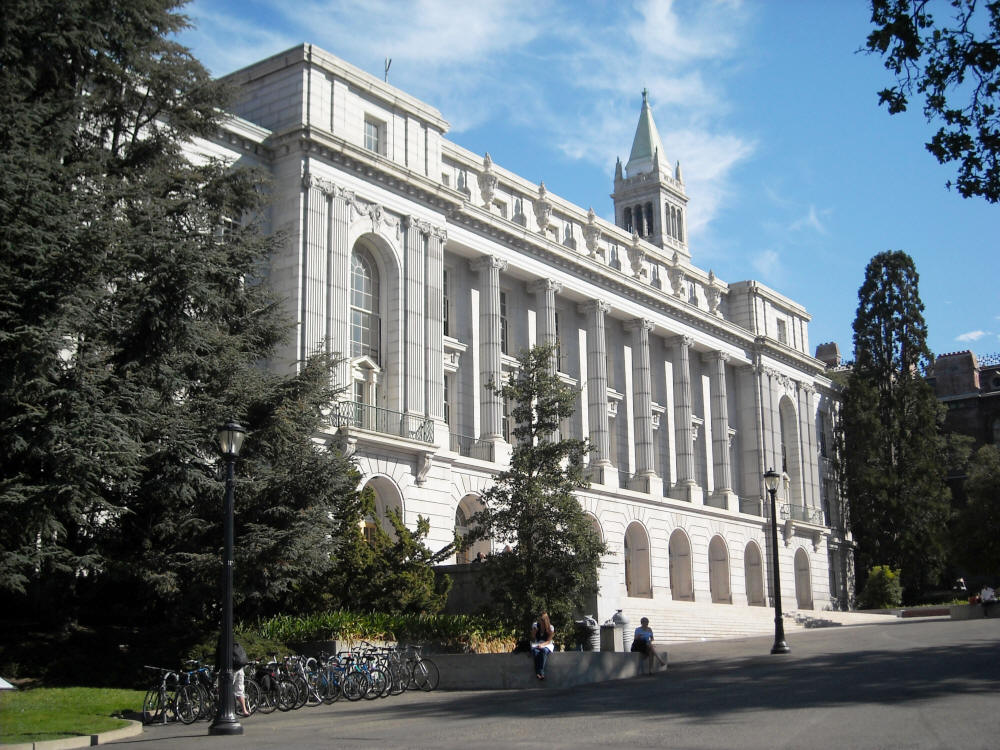
University of California, Berkeley, CA
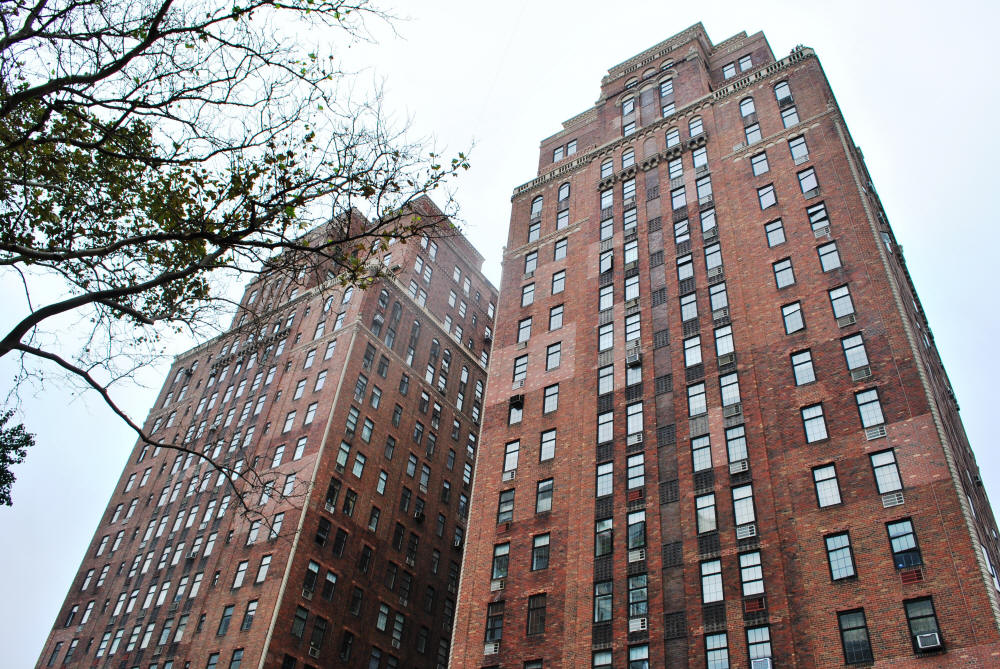
London Terrace
At 17, Sontag married writer Philip Rieff, who was a sociology instructor at the University of Chicago, after a 10-day courtship; their marriage lasted eight years.[10] While studying at Chicago, Sontag attended a summer school taught by the Sociologist Hans Heinrich Gerth who became a friend and subsequently influenced her study of German thinkers.[11][12] Upon completing her Chicago degree, Sontag taught freshman English at the University of Connecticut for the 1952–53 academic year. She attended Harvard University for graduate school, initially studying literature with Perry Miller and Harry Levin before moving into philosophy and theology under Paul Tillich, Jacob Taubes, Raphael Demos and Morton White.[13] After completing her Master of Arts in philosophy, she began doctoral research into metaphysics, ethics, Greek philosophy and Continental philosophy and theology at Harvard.[14] The philosopher Herbert Marcuse lived with Sontag and Rieff for a year while working on his 1955 book Eros and Civilization.[15]:38 Sontag researched for Rieff's 1959 study Freud: The Mind of the Moralist prior to their divorce in 1958, and contributed to the book to such an extent that she has been considered an unofficial co-author.[16] The couple had a son, David Rieff, who went on to be his mother's editor at Farrar, Straus and Giroux, as well as a writer in his own right.
Sontag was awarded an American Association of University Women's fellowship for the 1957–1958 academic year to St Anne's College, Oxford, where she traveled without her husband and son.[17] There, she had classes with Iris Murdoch, Stuart Hampshire, A. J. Ayer and H. L. A. Hart while also attending the B. Phil seminars of J. L. Austin and the lectures of Isaiah Berlin. Oxford did not appeal to her, however, and she transferred after Michaelmas term of 1957 to the University of Paris.[18] In Paris, Sontag socialized with expatriate artists and academics including Allan Bloom, Jean Wahl, Alfred Chester, Harriet Sohmers and María Irene Fornés.[19] Sontag remarked that her time in Paris was, perhaps, the most important period of her life.[15]:51–52 It certainly provided the basis of her long intellectual and artistic association with the culture of France.[20] She moved to New York in 1959 to live with Fornés for the next seven years,[21] regaining custody of her son[17] and teaching at universities while her literary reputation grew.[15]:53–54
During 1989 Sontag was the President of PEN American Center, the main U.S. branch of the International PEN writers' organization. After Iranian leader Ayatollah Khomeini issued a fatwa death sentence against writer Salman Rushdie for blasphemy after the publication of his novel The Satanic Verses that year, Sontag's uncompromising support of Rushdie was crucial in rallying American writers to his cause.[24]
A few years later, during the Siege of Sarajevo, Sontag gained attention for directing a production of Samuel Beckett's Waiting for Godot in a candlelit theatre in the Bosnian city. In the Daily Telegraph, Kevin Myers called it "mesmerisingly precious and hideously self-indulgent." and wrote, "By my personal reckoning, the performance lasted as long as the siege itself."[25] However, many of Sarajevo's besieged residents disagreed:
To the people of Sarajevo, Ms. Sontag has become a symbol, interviewed frequently by the local newspapers and television, invited to speak at gatherings everywhere, asked for autographs on the street. After the opening performance of the play, the city's Mayor, Muhamed Kreševljaković, came onstage to declare her an honorary citizen, the only foreigner other than the recently departed United Nations commander, Lieut. Gen. Phillippe Morillon, to be so named. "It is for your bravery, in coming here, living here, and working with us," he said.[26]
Sontag's mother died of lung cancer in Hawaii in 1986.[1]
Sontag became aware of her bisexuality during her early teens and at 15 wrote in her diary, "I feel I have lesbian tendencies (how reluctantly I write this)". At 16, she had a sexual encounter with a woman: "Perhaps I was drunk, after all, because it was so beautiful when H began making love to me...It had been 4:00 before we had gotten to bed...I became fully conscious that I desired her, she knew it, too".[56][57]
Sontag lived with 'H', the writer and model Harriet Sohmers Zwerling whom she first met at U. C. Berkeley from 1958 to 1959. Afterwards, Sontag was the partner of María Irene Fornés, a Cuban-American avant garde playwright and director. Upon splitting with Fornés, she was involved with an Italian aristocrat, Carlotta Del Pezzo, and the German academic Eva Kollisch.[58] Sontag was romantically involved with the American artists Jasper Johns and Paul Thek.[59][60] During the early 1970s, Sontag lived with Nicole Stéphane, a Rothschild banking heiress turned movie actress,[61] and, later, the choreographer Lucinda Childs.[62] She also had a relationship with the writer Joseph Brodsky.[63] With Annie Leibovitz, Sontag maintained a relationship stretching from the later 1980s until her final years.[64] They met in 1989, when both had already established notability in their careers. Leibovitz has suggested that Sontag mentored her and constructively criticized her work. During Sontag's lifetime, neither woman publicly disclosed whether the relationship was a friendship or romantic in nature. Newsweek in 2006 made reference to Leibovitz's decade-plus relationship with Sontag, stating, "The two first met in the late '80s, when Leibovitz photographed her for a book jacket. They never lived together, though they each had an apartment within view of the other's."[48] Leibovitz, when interviewed for her 2006 book A Photographer's Life: 1990-2005, said the book told a number of stories, and that "with Susan, it was a love story."[49] While The New York Times in 2009 referred to Sontag as Leibovitz's "companion",[50] Leibovitz wrote in A Photographer's Life that, "Words like 'companion' and 'partner' were not in our vocabulary. We were two people who helped each other through our lives. The closest word is still 'friend.'"[51] That same year, Leibovitz said the descriptor "lover" was accurate.[52] She later reiterated, "Call us 'lovers'. I like 'lovers.' You know, 'lovers' sounds romantic. I mean, I want to be perfectly clear. I love Susan."[53]
In an interview in The Guardian in 2000, Sontag was quite open about bisexuality:
'Shall I tell you about getting older?', she says, and she is laughing. 'When you get older, 45 plus, men stop fancying you. Or put it another way, the men I fancy don't fancy me. I want a young man. I love beauty. So what's new?' She says she has been in love seven times in her life. 'No, hang on,' she says. 'Actually, it's nine. Five women, four men.'[1]
Many of Sontag's obituaries failed to mention her significant same-sex relationships, most notably that with Annie Leibovitz. In response to this criticism, New York Times Public Editor, Daniel Okrent, defended the newspaper's obituary, stating that at the time of Sontag's death, a reporter could make no independent verification of her romantic relationship with Leibovitz (despite attempts to do so).[65] After Sontag's death, Newsweek published an article about Annie Leibovitz that made clear references to her decade-plus relationship with Sontag.[64]
Sontag was quoted by Editor-in-Chief Brendan Lemon of Out magazine as saying "I grew up in a time when the modus operandi was the 'open secret'. I'm used to that, and quite OK with it. Intellectually, I know why I haven't spoken more about my sexuality, but I do wonder if I haven't repressed something there to my detriment. Maybe I could have given comfort to some people if I had dealt with the subject of my private sexuality more, but it's never been my prime mission to give comfort, unless somebody's in drastic need. I'd rather give pleasure, or shake things up."[66]
Sontag died in New York City on 28 December 2004, aged 71, from complications of myelodysplastic syndrome which had evolved into acute myelogenous leukemia. She is buried in Paris at Cimetière du Montparnasse.[54] Her final illness has been chronicled by her son, David Rieff.[55]
My published books: